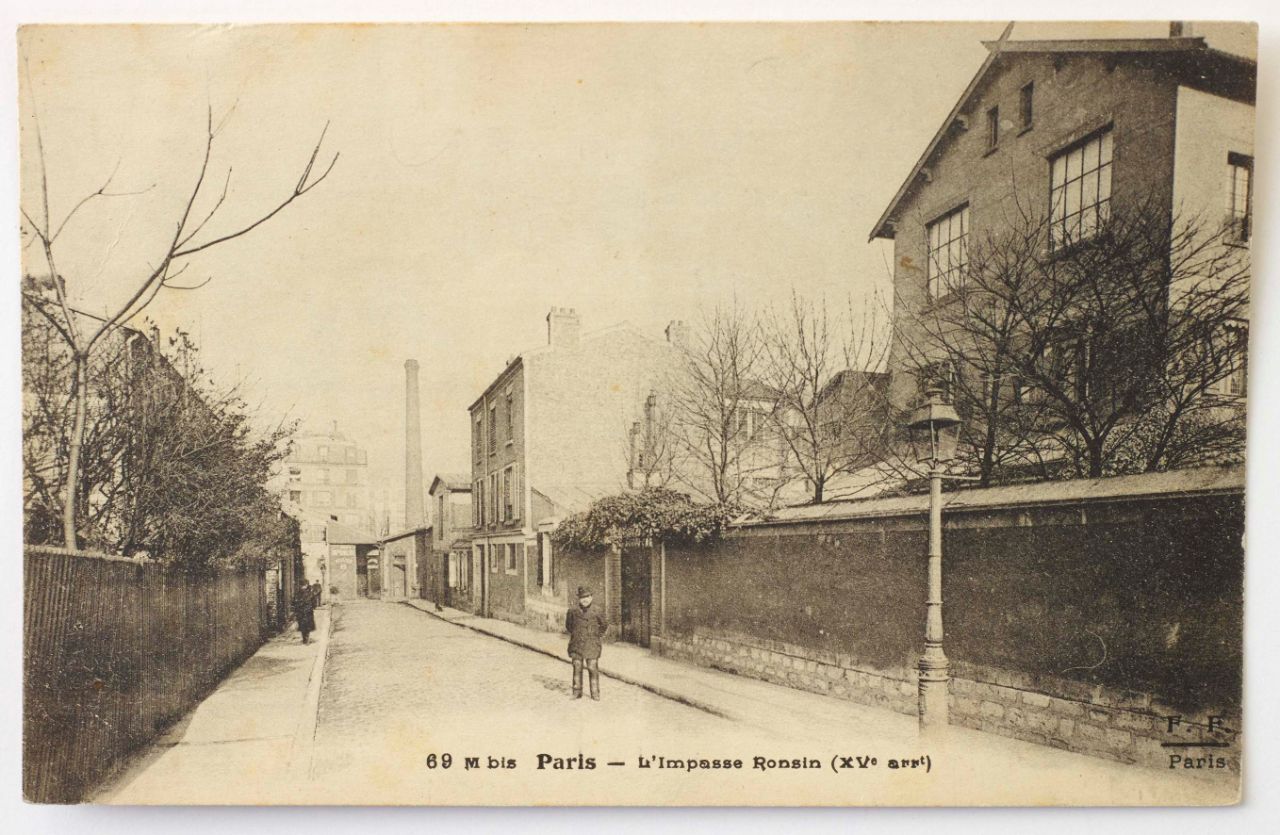Museum Tinguely, 16 December 2020 – 29 August 2021
In the midst of Paris’s Montparnasse district, Impasse Ronsin was both a dead-end street and a unique artists’ colony. For more than a century, it was a place of art, contemplation, conversation, celebration, innovation, creation and destruction, home to a broad range of diverse artistic identities that went far beyond the avant-garde, with artists including Constantin Brâncusi, Max Ernst, Marta Minujín, Eva Aeppli, Niki de Saint Phalle, Larry Rivers as well as André Almo Del Debbio or Alfred Laliberté.
This first major museum exhibition to focus on Impasse Ronsin presents more than 50 artists with over 200 works, all made in this magic place. The layout of the exhibition’s sequence of studio spaces is based on the original street plan, surprising visitors with a previously unseen mix of artworks and stories that brings Paris to life as a melting pot and cosmopolitan city of art.







